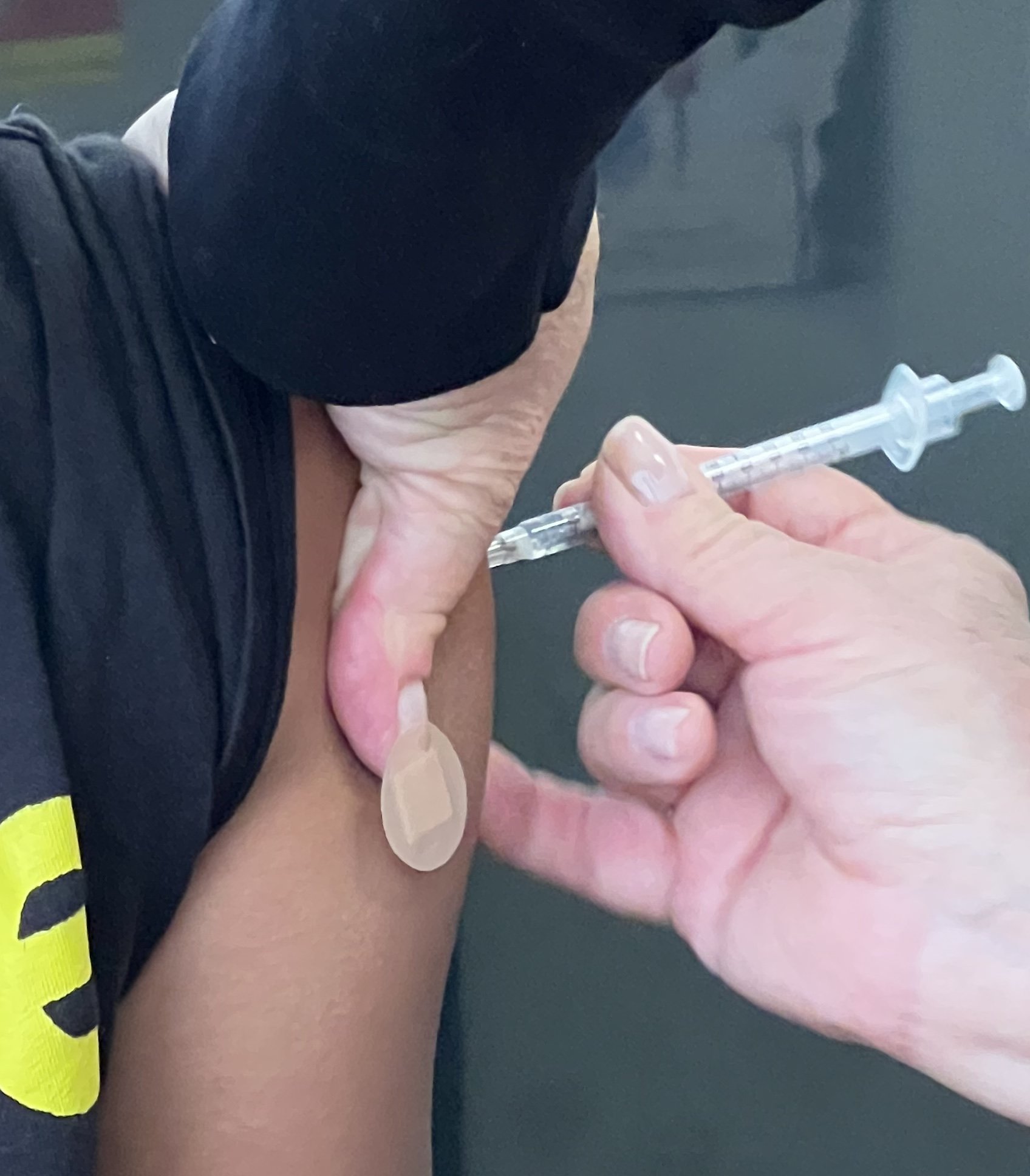Treatments
Below are potential treatment options for patients with thalassemia. Most of these treatments are still being developed and are in trial phases, but in future years, they may be put into use.
Note: Please consult your doctor or a hematologist before deciding on any treatment. The Thalassemia Cure Foundation is an informative site that should not be used instead of a professional medical opinion.
CRSPR/Cas9 Gene Editing
Gene editing goes after the root cause of genetic diseases like thalassemia, by correcting the faulty genes. Gene editing essentially uses Cas9, a gene-cutting enzyme called a nuclease, to cut out faulty places in the genes, where they will then be healed by the body’s natural process with healthy genes. However, sometimes the body can create mutations when recreating the gene, which can completely disable the gene altogether. Research is also being done to try and implant a specific portion of engineered gene into the break, which may stop mutations from forming. For more information, see the following sources:
http://www.crisprtx.com/gene-editing/crispr-cas9
https://www.youtube.com/watch?v=2pp17E4E-O8
https://www.livescience.com/58790-crispr-explained.html
https://mcgovern.mit.edu/research-areas/genome-engineering/
Hydroxyurea
Hydroxyurea is a drug that increases the amount of hemoglobin. It adds fetal hemoglobin with the hope of making up for lost alpha or beta hemoglobin chains. This drug works very well for treating sickle cell disease but is not as effective for thalassemia.
Red Blood Cell Transfusions
This is the most common procedure for treating any form of thalassemia. RBC transfusions take a healthy donor’s blood and implant it into your system. This is a temporary fix, and often patients will receive multiple transfusions on a regular basis. RBC transfusions have the risk of iron buildup which can be harmful to your system.
Bone Marrow/Stem Cell Transplants
Bone marrow transplants are an effective way of treating thalassemia, but only apply is some cases, as it can be hard to find a bone marrow match, and to prepare the body for the transplant, you may need chemotherapy and radiation, and potentially drugs to reduce the risk of your body not accepting the transplant. Due to this, it is difficult to do for young children, because their bodies are still developing, and it can be dangerous.
Intrauterine Therapy
Intrauterine therapy is similar to regular thalassemia treatment like bone marrow transplants and red blood cell transfusions, just inside the fetus. This treatment is also experimental, and clinical trials are going on, but is promising for children born with alpha thalassemia major who are at risk even before birth.


